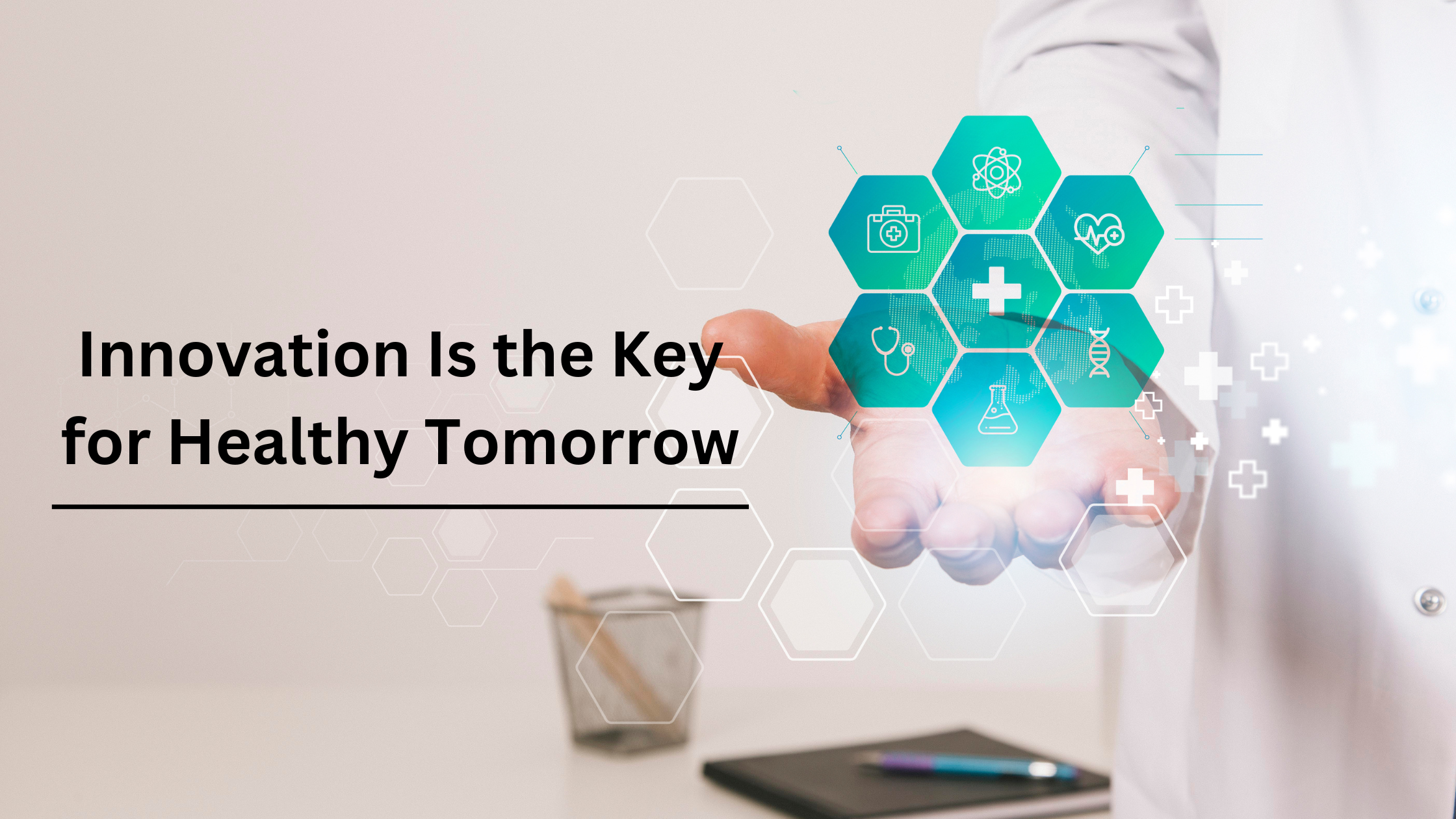Inside the office, outside the home, in board meetings or even on special occasions, you might have seen those eye-popping gadgets that incite that “MUST HAVE THIS” feeling. Yes, we’re connoting the smart wristbands that monitor heartbeat rate, blood pressure level, calories burnt and diagnose health problems at an early stage. In addition to wristbands, there are contact lenses available that monitor glucose levels; smart pills that track medication intake patterns and body response; in-sole sensors that measure weight-bearing, balance and temperature. Such unobtrusive technology-enabled devices are ostensibly becoming the choice of a majority of the population. Let’s explore how innovation in healthcare is promoting better healthcare facilities and affordable healthcare services.
Innovation Matters
Innovations in the Internet of Things, Sensory Capabilities and Advanced Mobile Applications are helping the entire ecosystem of Caregivers, Patients and the Medical & Pharmaceutical Industry flourish. Now, people can self-manage their health and well-being, alert medical practitioners in real-time about changes in their health conditions while monitoring medication adherence.
BCC research found that the combined value of connected medical devices, healthcare professionals and related mobile technology was $2.4 billion in 2013 and is forecasted to reach $21.5 billion by 2018, a compounded annual growth rate of 54.9 percent.
Growth in the use of Technology-enabled healthcare has implications for healthcare providers, medical practitioners, and caregivers. For e.g. shift in hands-on treatments in primary clinics to intelligent home care through advanced mobile capabilities & digital communication–e-visits, e-prescriptions, and remote monitoring. Newfangled implementations and inventions in science and technology today will morph the healthcare of tomorrow in areas such as middleware, digital sensors, and medical imaging.
At the moment, the fiery change in technology has everyone spellbound, but the question remains whether incessant developments will provide little more than hype, or will they truly bring about a transformation in the healthcare industry?
The Challenge for Tomorrow’s Healthcare Systems is to find a balance between:
- Limited budgets and the rising cost of advanced treatments
- Increasing complexity and cost of delivering care to an aging & comorbid population segment
- Increasing patient’s expectations and inevitable need for patient-centered healthcare
- Insufficient availability and high cost of Healthcare Professionals
- Reduced In-patient beds and facilities at resident place
Across the globe, healthcare has always been a major focus area for the Govt., residents, businesses, and providers belonging to the Information & Communications field. It is common knowledge that developing countries carry the greatest burden of chronic diseases and very few resources and expertise to deal with these problems. This clearly underlines the urgent need to find smarter solutions to improve health outcome provide easy access to care facilities, and most importantly – create affordable treatment & care for the needy.
Here are some promising developments in Technology, opening up new channels for improving patient care and quality of life:
High Penetration of Smartphones and Mobile Apps
With increasing smartphone ownership rates in urban as well as in rural areas, people are getting more aware of health and fitness based apps. Such mobile apps are highly useful in educating and informing patients about their health status.
According to research2research, the number of mobile apps on the most preferred platforms Android and iOS, has more than doubled in merely a span of 3 years to reach over 100,000.
Growth in Number and Types of Wearable Devices
Another key development in the healthcare field is the growing adoption of wearable devices for monitoring glucose, blood pressure, diabetes, sleep, fitness, body temperature and much more. In addition to this, there are innovations in the area of clothing/textiles imbued with sensors to further revolutionize smart healthcare.
Rise of M2M and Sensors
With the advancement of Machine to Machine (aka M2M) & sensors technologies, continuous remote patient monitoring has become possible, which has dramatically altered the way care is delivered at surprisingly low costs. M2M can be described as any technology that enables networked devices to exchange information and take desired actions without human intervention. Herein, key components include sensors, Wi-Fi or a cellular network, and computer software that help a networked device interpret data and make decisions.
Looking Forward:
Medical devices are likely to provide full-fledged control to users for self-care. Embedded with the ability to decipher the human genome at an affordable price, all these cutting-edge medical systems are revolutionizing our capability to understand disease risks and customize treatments accordingly. Therefore, with cut-throat competition and emerging needs of patients in different geographies, healthcare providers need to innovate and pave the way for a connected healthcare solution that improves patient care, health outcomes, and strengthens clinical processes. They need to be equipped to treat an aging population and eliminate all barriers to delivering better healthcare. With expertise in areas like embedded systems, IoT, medical imaging, mobile apps, and wearable technology, KritiKal Solutions is revolutionizing the healthcare segment by building next-gen healthcare solutions.
Technology-enabled healthcare is a harbinger of the new Paradigm Shift. If you haven’t started your journey yet, let’s ferret out the opportunities together to bring transparency to your healthcare services.
